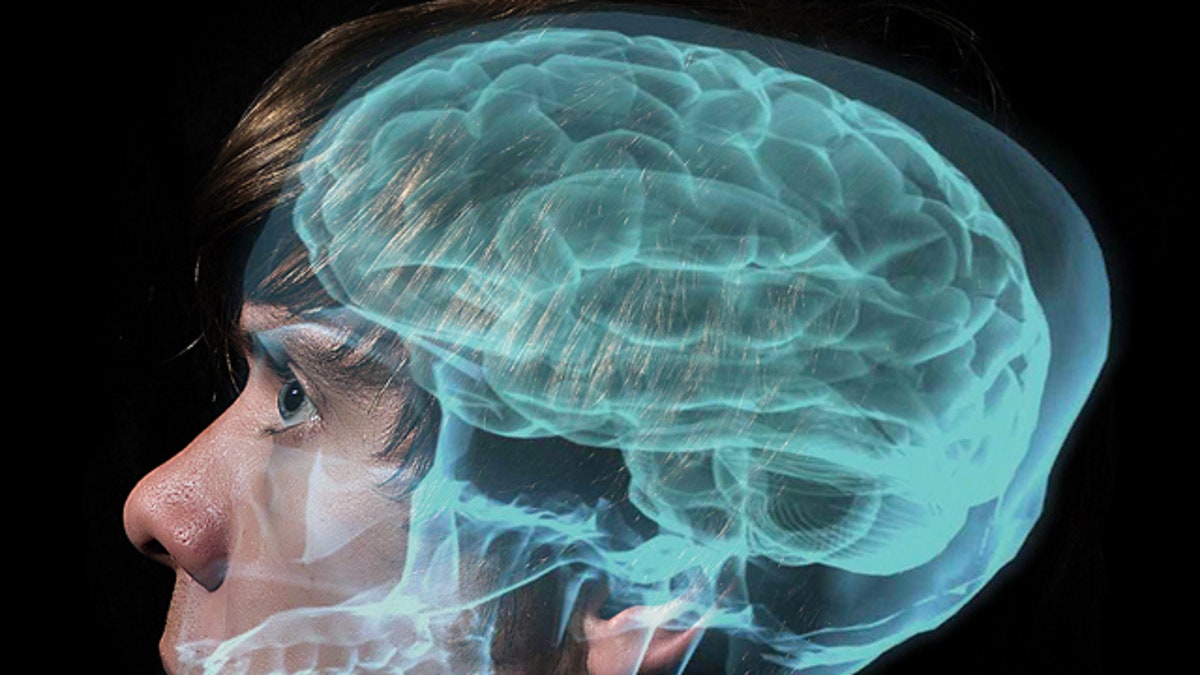
(Flickr/illuminaut)
WASHINGTON – A study that found treating HIV patients with antiretroviral drugs makes them remarkably less infectious was named Thursday the most important scientific breakthrough of 2011.
The top 10 list compiled each year by the American Association for the Advancement of Science (AAAS), publisher of the leading journal Science, also lauded promising malaria trials, new observations of faraway planetary systems and studies showing modern humans' genetic links to Neanderthals and other early humans.
The HIV trial, which began in 2007, involved 1,763 heterosexual couples from nine countries. One partner in each couple had a known HIV infection.
In half of the couples, the infected partner started taking antiretroviral drugs right away. In the other half, the infected partner was supposed to wait to start taking treatment until later in the course of the disease.
But this past spring -- four years before the study, known as HPTN 052, was officially scheduled to end -- an independent data-monitoring board reported some astounding results and decided that all infected study participants should begin taking antiretroviral drugs immediately.
In the group that waited to start treatment, 27 HIV transmissions linked to the infected partner occurred. But just one infection was passed on by the partner with HIV in the group that started treatment right away. Comparing those starkly different rates, the researchers reported that patients taking antiretroviral drugs were 96.3 percent less likely to transmit the virus.
"People were interested in the idea of treatment as prevention, but it created a hurricane-force wind behind the strategy," said Myron Cohen, from the University of North Carolina at Chapel Hill, who conducted the study with a team of international colleagues. "The result was so unambiguous."
As Science correspondent Jon Cohen explained, many credited the trial's results with reinvigorating the fight against AIDS this year. "Most everyone expected that reducing the amount of virus in a person would somewhat reduce infectiousness," he said. "What was surprising was the magnitude of protection and then the impact the results had among HIV/AIDS researchers, advocates and policy-makers."
The top 10 breakthroughs also included the world's first malaria vaccine, known as RTS,S, which proved partially effective in a major clinical trial among young children in Africa. Preliminary results showed it cut in half the risk of developing the disease.
Authors of the AAAS list additionally hailed this year's successful return of Japan's Hayabusa spacecraft, which brought back to Earth dust from the surface of a large, S-type asteroid and helped scientists confirm that the most common meteorites found on Earth are born from these much larger space rocks.
The list acknowledged some other discoveries about the strange places that lie beyond our solar system, such as the Kepler telescope's observation of a rare planet that orbits two stars.
Also getting a nod: research showing that many humans still carry genetic evidence of cross-breeding with archaic humans, such as the mysterious Denisovans in Asia and the Neanderthals.
There were some highly anticipated breakthroughs that scientists did not get to see this year. The search for the Higgs boson, or "God particle," remains ongoing, but authors of the list said it is "all but a mathematical certainty" that by next year physicists at the Large Hadron Collider near Geneva will either find the long-sought particle or prove that it does not exist.




















